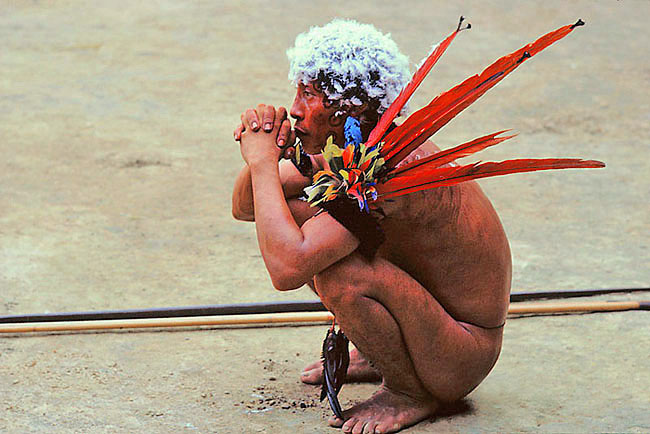



In 1968, in a four-month journey across Borneo, the world’s third largest island, I traveled west to
east, up the Kapuas and Bungan rivers and down the Mahakkam, from Pontianak to Samarinda.
That was long before the loggers’ invasion, and long before any road was first hacked or bulldozed through the forest. I journeyed first by Chinese houseboat, and then by Dyak canoe. When rapids impeded our progress, which was often, we walked through the forest.
At the end of our upriver trip, we left our canoes on the Bungan and walked for eight days to the
Mahakkam through the jungle of the water divide. Because the Dyak had no use for money, I
needed eight porters to carry the trade goods that paid for services. Countless leeches hooked
onto us along the way, drawing streams of blood from our arms and legs.
The chain-smoking Dyak burned them off with cigarettes. A non-smoker, I plucked them off
by hand, sometimes leaving the head inside my skin. And since the leeches squeezed through my
shoes’ eyelets to lodge under my toenails, I had to walk through the jungle barefoot so as to spot
them quickly.
The Dyak, former headhunters, still had skulls hanging from their longhouses’ rafts, but they were
as hospitable as any people I had known, though they forced me to sing and dance for them before giving
me a place to sleep. Compared to their own amazing artistic shows, mine looked dismal, which I could see
on their faces.
Halfway down the Mahakkam, I ran out of trade goods when every hand was needed to harvest the
hill rice. I had to give away everything I owned except the clothes on my back and my photographic
equipment to find the help I needed to get out of the jungle.
http://victorenglebert.com









